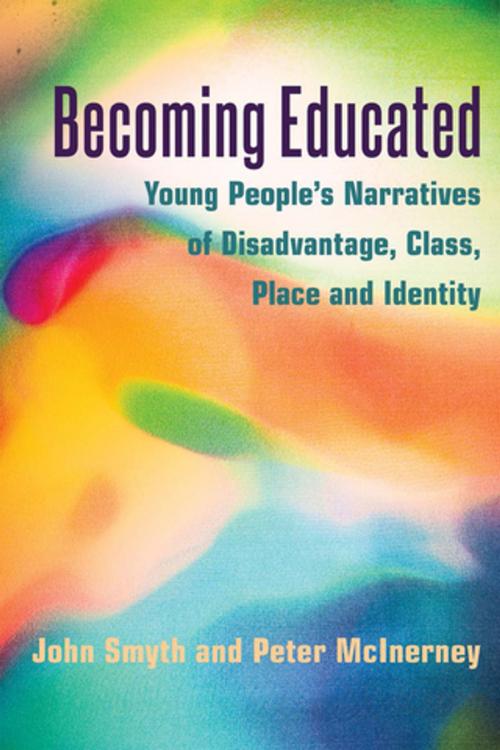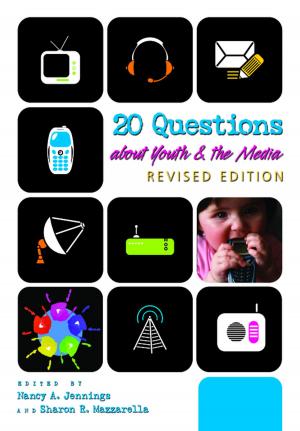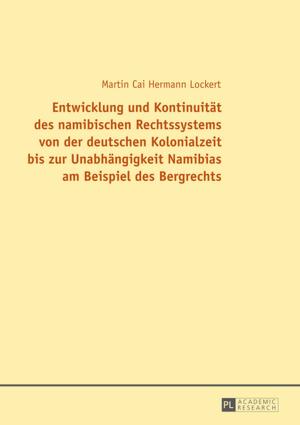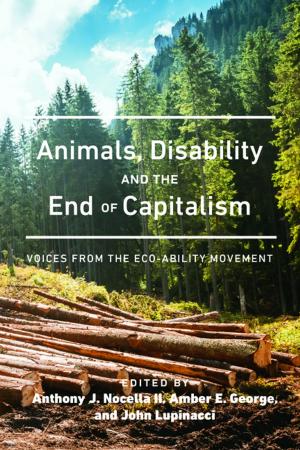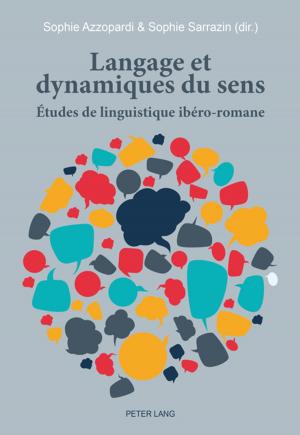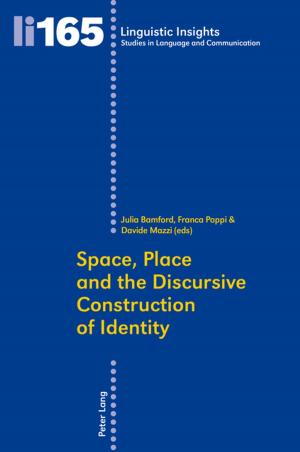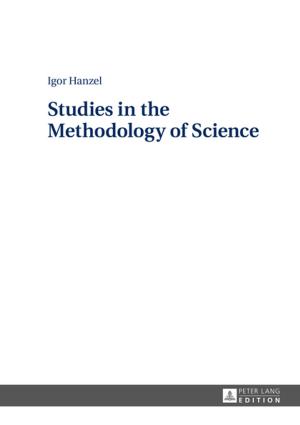Becoming Educated
Young Peoples Narratives of Disadvantage, Class, Place and Identity
Nonfiction, Social & Cultural Studies, Social Science, Sociology, Reference & Language, Education & Teaching| Author: | Peter McInerney, John Smyth | ISBN: | 9781454199717 |
| Publisher: | Peter Lang | Publication: | February 1, 2014 |
| Imprint: | Peter Lang Inc., International Academic Publishers | Language: | English |
| Author: | Peter McInerney, John Smyth |
| ISBN: | 9781454199717 |
| Publisher: | Peter Lang |
| Publication: | February 1, 2014 |
| Imprint: | Peter Lang Inc., International Academic Publishers |
| Language: | English |
Becoming Educated examines the education of young people, especially those from the most ‘disadvantaged’ contexts. The book argues that because the focus has been obdurately and willfully on the wrong things – blaming students; measuring, testing and comparing them; and treating families and communities in demeaning ways that convert them into mere ‘consumers’ – that the resulting misdiagnoses have produced a damaging ensemble of faulty ‘solutions.’ By shifting the emphasis to looking at what is going on ‘inside’ young lives and communities, this book shifts the focus to matters such as taking social class into consideration, puncturing notions of poverty and disadvantage, understanding neighborhoods as places of hope and creating spaces within which to listen to young peoples’ aspirations. These are a radically different set of constructs from the worn-out ones that continue to be trotted out, and, if understood and seriously attended to, they have the potential to make a real difference in young lives. This is a book that ought to be read by all who claim to know what is in the best interests of young people who are becoming educated.
Becoming Educated examines the education of young people, especially those from the most ‘disadvantaged’ contexts. The book argues that because the focus has been obdurately and willfully on the wrong things – blaming students; measuring, testing and comparing them; and treating families and communities in demeaning ways that convert them into mere ‘consumers’ – that the resulting misdiagnoses have produced a damaging ensemble of faulty ‘solutions.’ By shifting the emphasis to looking at what is going on ‘inside’ young lives and communities, this book shifts the focus to matters such as taking social class into consideration, puncturing notions of poverty and disadvantage, understanding neighborhoods as places of hope and creating spaces within which to listen to young peoples’ aspirations. These are a radically different set of constructs from the worn-out ones that continue to be trotted out, and, if understood and seriously attended to, they have the potential to make a real difference in young lives. This is a book that ought to be read by all who claim to know what is in the best interests of young people who are becoming educated.
